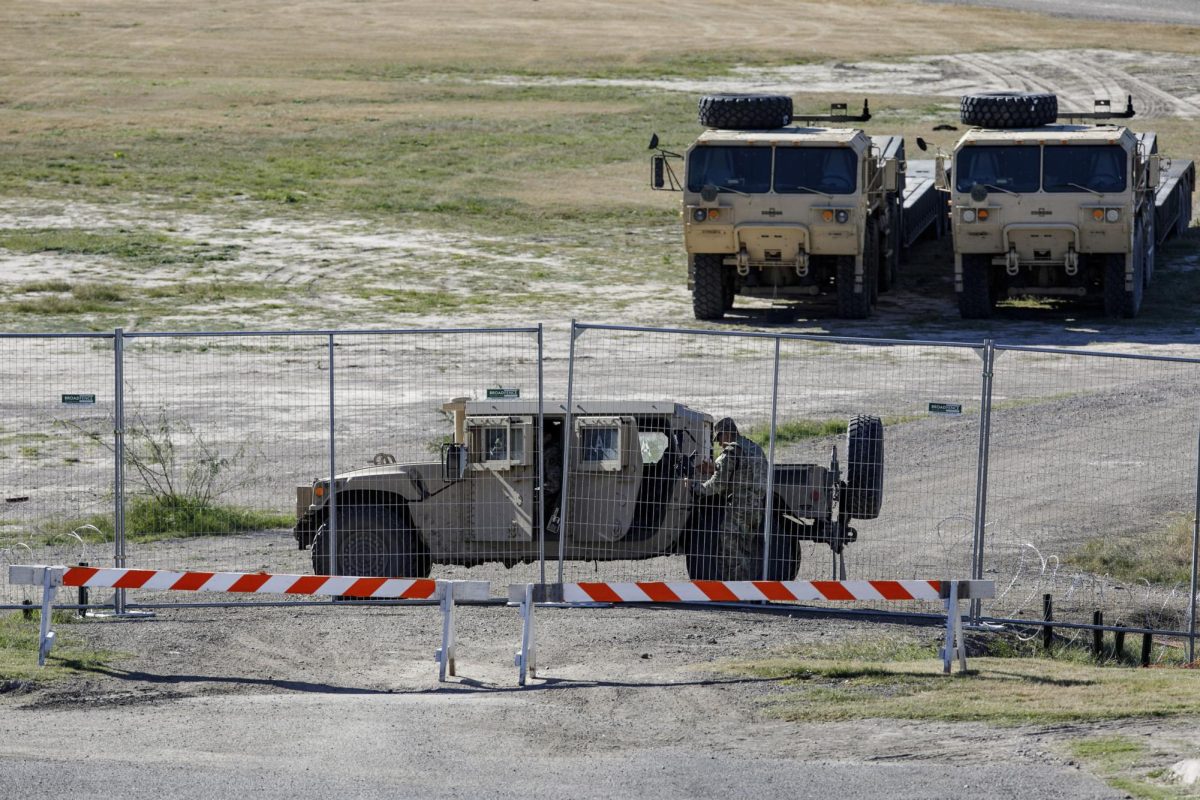
The world witnessed an explosive display of nature’s force on Sept. 11, 2023, when Hawaii’s Kilauea Volcano erupted with violent rage. Although not a first in the region’s geological history, this eruption attracted attention due to its size and the wide-ranging effects it had on the Hawaiian Islands.
One of the most active volcanoes in the world is Kilauea, which is found on Hawaii’s Big Island. Since 1983, it has been constantly erupting, giving it a focus for volcanologists and geologists researching volcanic activity. The greater Hawaiian-Emperor seamount chain, which is created by the Pacific Plate sliding across a hotspot of molten rocks underneath the Earth’s surface. In the weeks before the eruption, there was an upsurge in seismic activity which set off an explosion. Researchers from the Hawaiian Volcano Observatory and the United States Geological Survey (USGS) have been constantly watching Kilauea and had issued alerts for evacuation as it showed signs of an imminent eruption. Huge lava flows and stunning lava fountains that gushed along the volcano’s slopes were the primary features of the eruption itself. A concern about flying in the area was due to the high-altitude volcanic gas and ash plumes. Fortunately, no-fly zones were quickly established by officials to guarantee the security of aircraft transport.
The local communities were some of the most devastated areas of the Kilauea eruption. On the Big Island, a number of villages and residential areas were directly in the way of the spreading lava streams. Many residents were forced to leave their homes, taking with them their belongings and, in a few instances, their livelihoods. To provide refuge for people uprooted by the disaster, temporary shelters were created. The Hawaiian government organized relief activities to deliver aid to the impacted citizens in collaboration with federal agencies and non-profit organizations. Emergency personnel were mobilized and evacuation routes were set up to help with the procedure.
Both immediate and long-term environmental effects have been triggered by the Kilauea eruption. The Hawaiian Islands were temporarily covered in vog (volcanic smog) as a result of the eruption. Vog is a combination of volcanic gasses and particulate matter that can be harmful to both human health and the cleanliness of the air. The lava surges also reached the ocean, causing the molten rock to cool and solidify as it came into contact with the water, which resulted in the formation of new land. This phenomena has the potential to impact marine life and coastal ecosystems. The long-term effects of the eruption on the island’s ecosystems and landscape are going to be investigated further. Scientists will evaluate how the island’s ecosystem and geological stability are affected by the new landforms and altered geological formations.
The Kilauea eruption has drawn international interest, emphasizing the constant risk of volcanic activity in geologically active areas worldwide. The catastrophe served as a reminder of the significance of early warning and tracking systems, as well as the importance of evacuation procedures in vulnerable neighborhoods. Communication and support from other nations were essential during the crisis. To help minimize the impact of the eruption and support affected populations, scientists, and specialists from several nations volunteered their knowledge and resources.
While the eruption had devastating effects on local communities and the environment, it also demonstrated the perseverance and cooperation of people in the face of natural disasters. The knowledge gained from studying the eruption’s aftermath will help scientists better understand volcanic activity and be ready for such disasters in the future in other volcanic regions of the world.
For more information go to
Kilauea, Hawaii’s Most Active Volcano, Erupts Again – The New York Times (nytimes.com) or
Kilauea volcano on Hawaii’s Big Island erupts again after two-month pause | Hawaii | The Guardian





